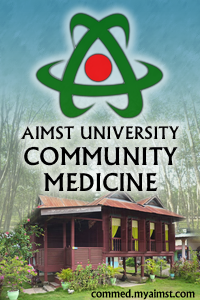MONDAY 26TH NOVEMBER 2007
We began our day with a short introduction to communicable diseases of control (CDC) from PPKP Rosli Mansor and PPKP Lem Kiah Kwong.
We were then introduced to the Communicable Diseases Control Infection System (CDCIS) via an online system and were allowed to help the officer in charge register the new cases of communicable disease online.
In the afternoon, we proceeded to the Baling Hospital accompanied by PPKP Rosli Mansor to investigate a newly reported case of typhoid.
Next, we were brought to Kampung Muda where we observed the health officers collect samples of water and stools of family members. The members were also counseled regarding sanitation.
We then observed how the health officers sprayed sodium hypoclorite 10 % around infected areas.
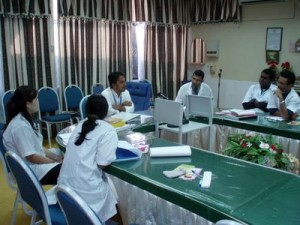

A brief introduction of Communicable Diseases of Control (CDC) were given by both PPKP En. Rosli and PPKP Mr. Lem. We were later being introduced the programme CDCIS (Communicable Diseases of Control Information System) by PPKP En. Rosli.
CDCIS
CDCIS is a online programme for the officers in charge to register the new cases of communicable diseases. Once the cases are registered, the cases can be reviewed by the higher health centres. By this, the number of cases in the whole of Malaysia which has been reported can be traced and pre-cautions can be taken before the communicable diseases spreads. CDCIS is also useful in the sense of keeping the records.
The cases will be notified by the doctors either in the Hospital or in the private sector. The doctors will called up the Health Office to notify them and povide them with necessary information.
There are 9 communicable cases which need to be notify within 24 hours. They are:-
- Dengue fever and Dengue Haemorrhagic fever
- Yellow fever
- Ebola
- Cholera
- Food Poisoning
- Plaque
- Rabies
- Polio
- Diphteria
The other communicable diseases can be notify within 1 week.
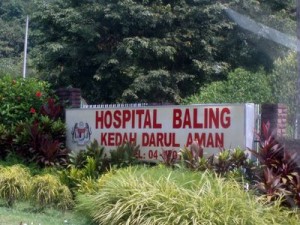

The above photos showed initially we went to the Baling Hospital as there was a typhoid case been reported. In the afternoon, we went to the resident of the patient who was suspected of typhoid.
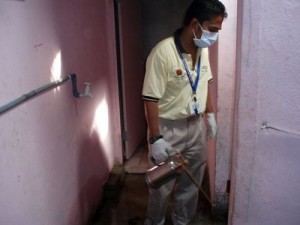

The left photo showed PPKP En. Rosli spraying sodium hypochlorite 10% around the breeding grounds. This is done to prevent the spread of the flies as the flies are the main vector for causing typhoid.
The right photo showing him again taking the sample of the water which will be sent to Penang Hospital for further investigations. It is learnt that the patient’s resident uses 2 types of water (the JBA and the water from the hillside). Thus, samples of water were taken from the 2 water sources.
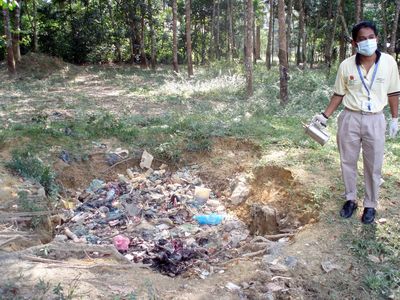
The last photo showed a large dug-up place where the villagers throw their rubbish.
By Cheah Boon Eu, Source from aimstdho.blogspot.com

